Leftovers might seem like a time-saving gift from the fridge, but not everything deserves a second chance. Some of the most common foods—ones you’d never suspect—can turn dangerously toxic after just one day if not stored or reheated properly. We’re talking about silent threats lurking in your rice bowl, scrambled eggs, or even last night’s potato salad. When bacteria multiply or chemical changes occur, yesterday’s meal can become today’s health hazard. Before you warm up another plate without thinking, discover which 12 everyday foods carry the biggest risks. Your microwave habits may need a serious, safety-first makeover starting now.
1. Rice
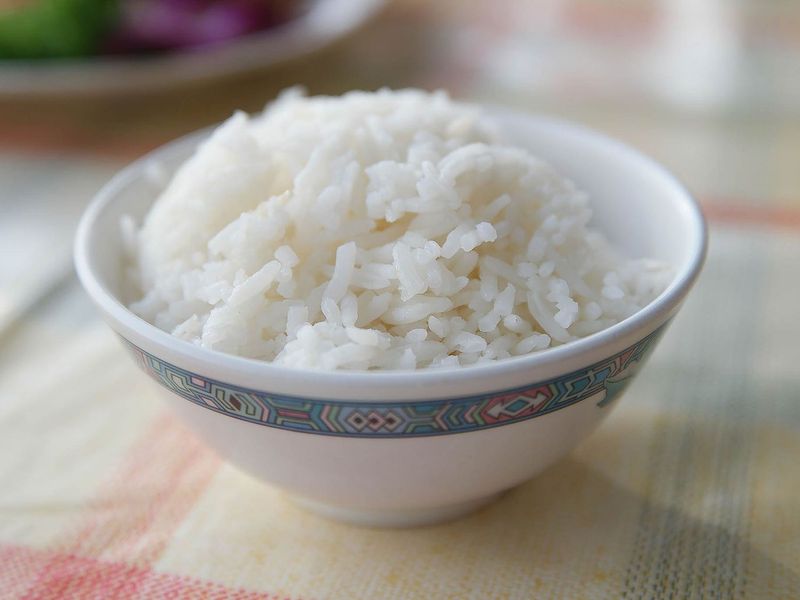
Those innocent leftover grains sitting on your counter might be brewing trouble. Bacillus cereus spores survive cooking and multiply rapidly when rice sits out, producing toxins that cause severe vomiting and diarrhea.
Refrigeration slows this process but doesn’t eliminate it completely. Even reheating won’t destroy these heat-resistant toxins once they’ve formed.
Store cooked rice in the refrigerator within one hour of cooking, and consume refrigerated rice within 24 hours. When in doubt about how long it’s been sitting out, better toss it than risk a trip to the emergency room.
2. Eggs

Morning breakfast leftovers can turn problematic by the next day. When eggs are reheated, their proteins and fats oxidize, forming compounds that can irritate your digestive system and potentially cause inflammation.
The moist environment of scrambled eggs creates an ideal breeding ground for bacteria like Salmonella. These pathogens multiply exponentially at room temperature.
For safety’s sake, refrigerate eggs within two hours of cooking and consume within 24 hours. If your scrambled eggs have developed a strange odor or appear slimy, that’s your cue to discard them immediately rather than risking food poisoning.
3. Potatoes

Spuds seem sturdy, but they harbor a dangerous secret when improperly stored. Cooked potatoes create a perfect environment for Clostridium botulinum and Clostridium perfringens bacteria when left at room temperature.
These microscopic troublemakers produce toxins that can cause botulism – a potentially fatal form of food poisoning. The scariest part? These potatoes might look and smell completely normal.
Always refrigerate cooked potatoes within two hours of preparation. When reheating, ensure they reach 165°F throughout to kill any bacteria that might have multiplied, though this won’t eliminate toxins already produced.
4. Mushrooms
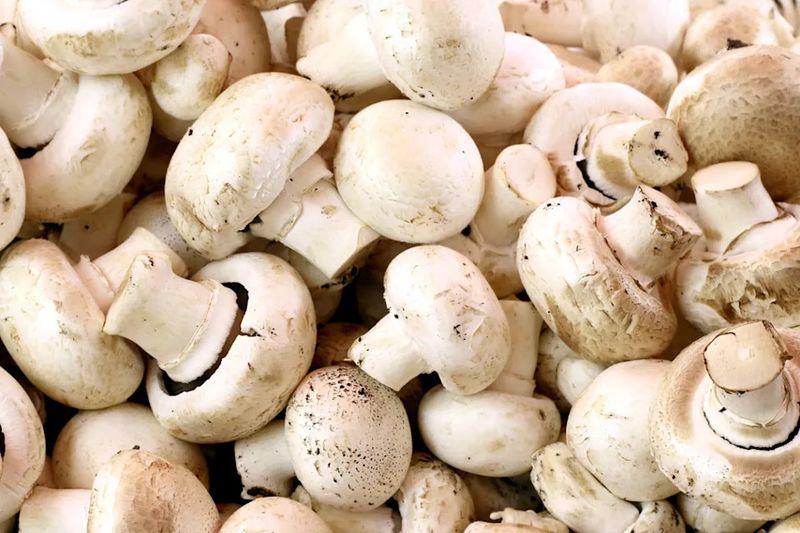
Wild or store-bought, mushrooms undergo rapid protein breakdown after cooking. Left unrefrigerated for just a day, these fungi develop compounds that can trigger digestive distress and even mild toxicity in sensitive individuals.
Moisture in cooked mushrooms accelerates bacterial growth, while their protein-rich composition provides ample food for microbes. The resulting bacterial feast produces waste products that can make you seriously ill.
Never leave cooked mushrooms out overnight. Store them in shallow containers in the refrigerator and consume within 24 hours. If they develop a slimy texture, off odor, or darkened color, it’s time for them to visit the trash can.
5. Spinach
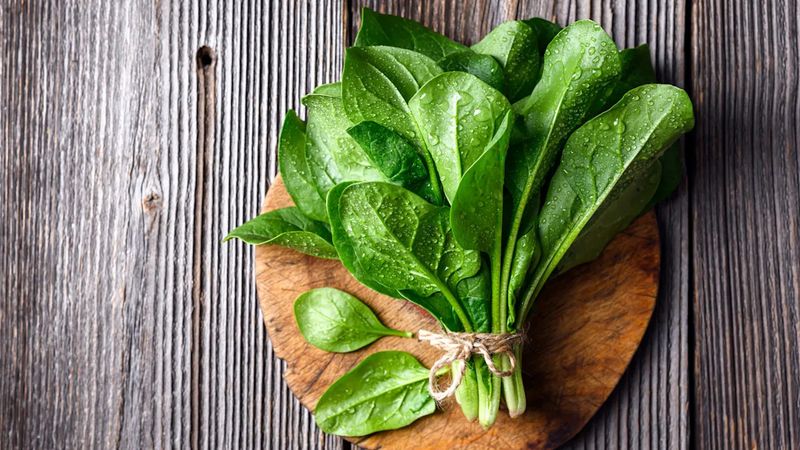
This nutritional powerhouse hides a chemical secret. Spinach naturally contains nitrates that convert to nitrites when stored improperly. When reheated, these compounds can transform into potentially carcinogenic nitrosamines.
The longer cooked spinach sits at room temperature, the more conversion occurs. This chemical transformation happens even when the spinach still looks perfectly edible.
Refrigerate cooked spinach immediately after it cools and consume within 24 hours. For maximum safety, consider eating leftover spinach cold rather than reheating it, which minimizes the formation of harmful compounds while still providing nutritional benefits.
6. Cruciferous Vegetables
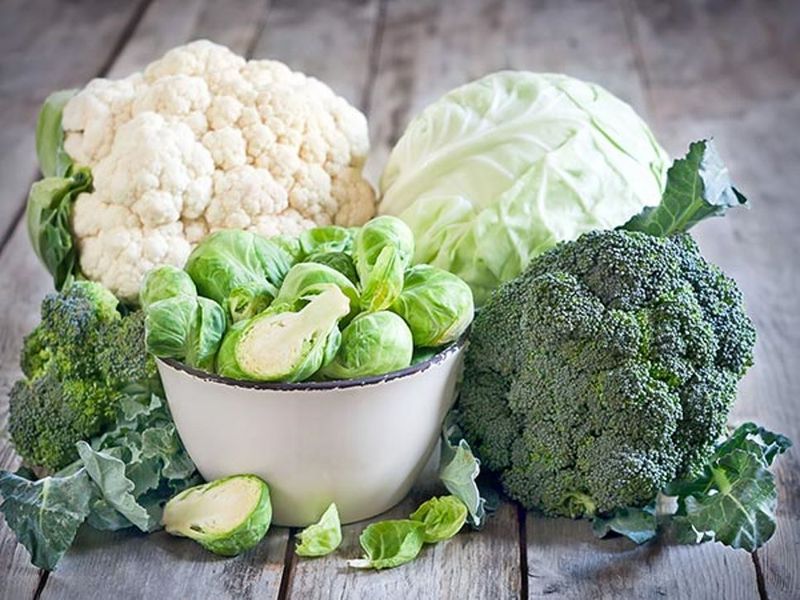
Broccoli, cauliflower, and Brussels sprouts share a concerning trait with spinach. These cruciferous vegetables contain high levels of nitrates that convert to nitrites during storage, especially at room temperature.
When reheated, these compounds can form nitrosamines – substances linked to increased cancer risk. The chemical transformation occurs even when the vegetables appear perfectly fine.
Always refrigerate these cooked vegetables promptly and consume within a day. If you must reheat them, do so quickly at a low temperature just to warm them through, rather than cooking them extensively a second time, which increases harmful compound formation.
7. Seafood
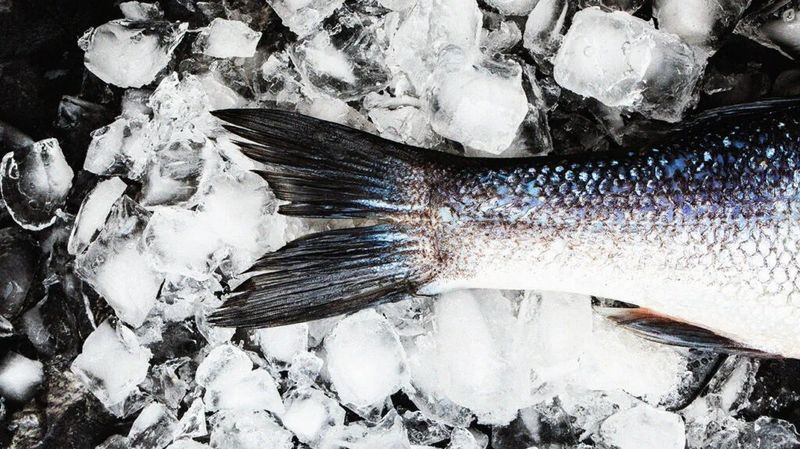
Fresh-caught flavor turns to danger quickly with fish like tuna, mackerel, and bonito. These species contain high levels of histidine, which bacteria convert to histamine when fish isn’t promptly refrigerated.
Histamine causes scombroid poisoning, triggering symptoms like flushing, headache, and digestive distress. The terrifying part? This toxin isn’t destroyed by cooking or freezing once it forms.
Never leave seafood unrefrigerated for more than two hours after cooking. Even in the refrigerator, consume fish within 24 hours for safety. If your cooked fish develops a peppery, sharp taste, that’s a warning sign of histamine formation – discard it immediately.
8. Chicken

Poultry harbors bacteria that multiply with frightening speed at room temperature. Salmonella and Campylobacter thrive in the protein-rich environment of cooked chicken, potentially reaching dangerous levels within hours when left unrefrigerated.
Partial reheating creates an even more dangerous situation. Warming the outside while leaving cold spots in the center allows bacteria to survive and continue producing toxins.
Refrigerate cooked chicken within two hours of preparation (one hour in hot weather). When reheating, ensure the internal temperature reaches at least 165°F throughout. If your chicken has been sitting out overnight, throw it away regardless of how it looks or smells.
9. Fried Foods

Yesterday’s french fries might taste okay, but they’re hiding a chemical transformation. The oils used in frying begin breaking down immediately after cooking, creating compounds linked to inflammation and cellular damage.
When reheated, these already-deteriorated oils form acrylamides – chemicals associated with increased cancer risk. The longer fried foods sit, even refrigerated, the more these harmful compounds develop.
For safer consumption, refrigerate fried foods immediately after they cool and reheat only once within 24 hours. Better yet, enjoy them fresh and discard leftovers, as the convenience rarely outweighs the potential health risks associated with consuming oxidized oils.
10. Infant Feeding Products
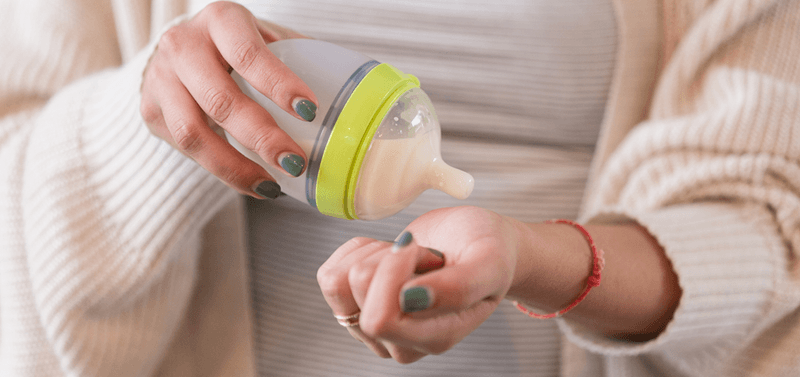
Baby food, formula, and expressed breast milk require special handling because infants’ developing immune systems can’t fight off bacteria adults might tolerate. Once opened or prepared, these products become breeding grounds for harmful microorganisms.
Bacteria multiply rapidly in these nutrient-rich environments, potentially causing serious illness in vulnerable babies. Repeated warming cycles accelerate bacterial growth and break down vital nutrients.
Follow the “one hour rule” – discard any prepared formula or breast milk left at room temperature for more than an hour. Never reheat baby food more than once, and always refrigerate opened containers immediately, using them within 24 hours for maximum safety.
11. Tomato-Based Pasta Sauces
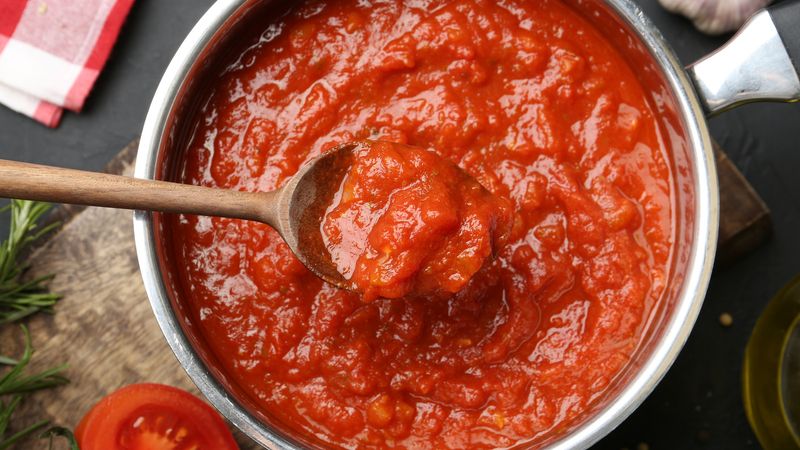
That half-used jar of marinara might be harboring invisible dangers. The acidic environment of tomato sauces creates perfect conditions for certain bacteria, particularly Clostridium botulinum, when not refrigerated promptly after opening.
Homemade sauces pose even greater risks than commercial versions, which contain preservatives. The warm, moist environment of sauce left at room temperature becomes a bacterial playground.
Always refrigerate opened pasta sauce immediately and use within 3-4 days. When reheating, bring sauce to a rolling boil for at least 2 minutes to kill any bacteria that might have multiplied during storage, though this won’t eliminate toxins already produced.
12. Green or Sprouting Potatoes
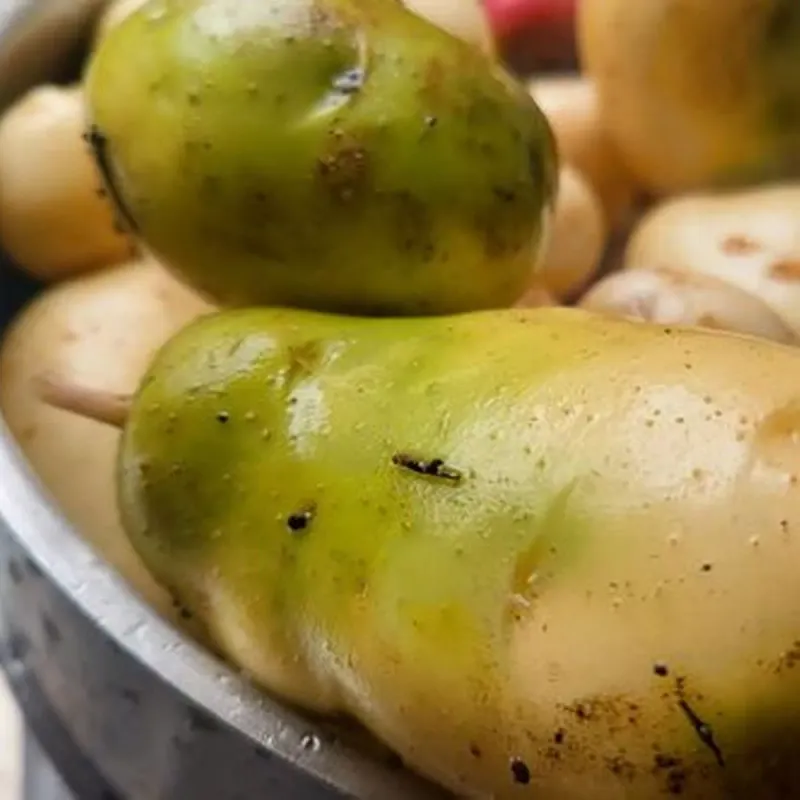
The green tinge developing on potatoes isn’t just unappealing – it’s a warning sign. This coloration indicates increased levels of solanine, a natural toxin potatoes produce when exposed to light or improper storage conditions.
Solanine concentrations rise rapidly, especially in warm environments. Even a single day in bright light can increase toxin levels significantly, particularly near eyes or sprouts.
Never eat potatoes that have turned green or developed extensive sprouting. Cutting away small affected areas might not be enough, as the toxin can spread throughout the potato. Symptoms of solanine poisoning include nausea, vomiting, diarrhea, headache, and in severe cases, neurological problems.
Leave a comment